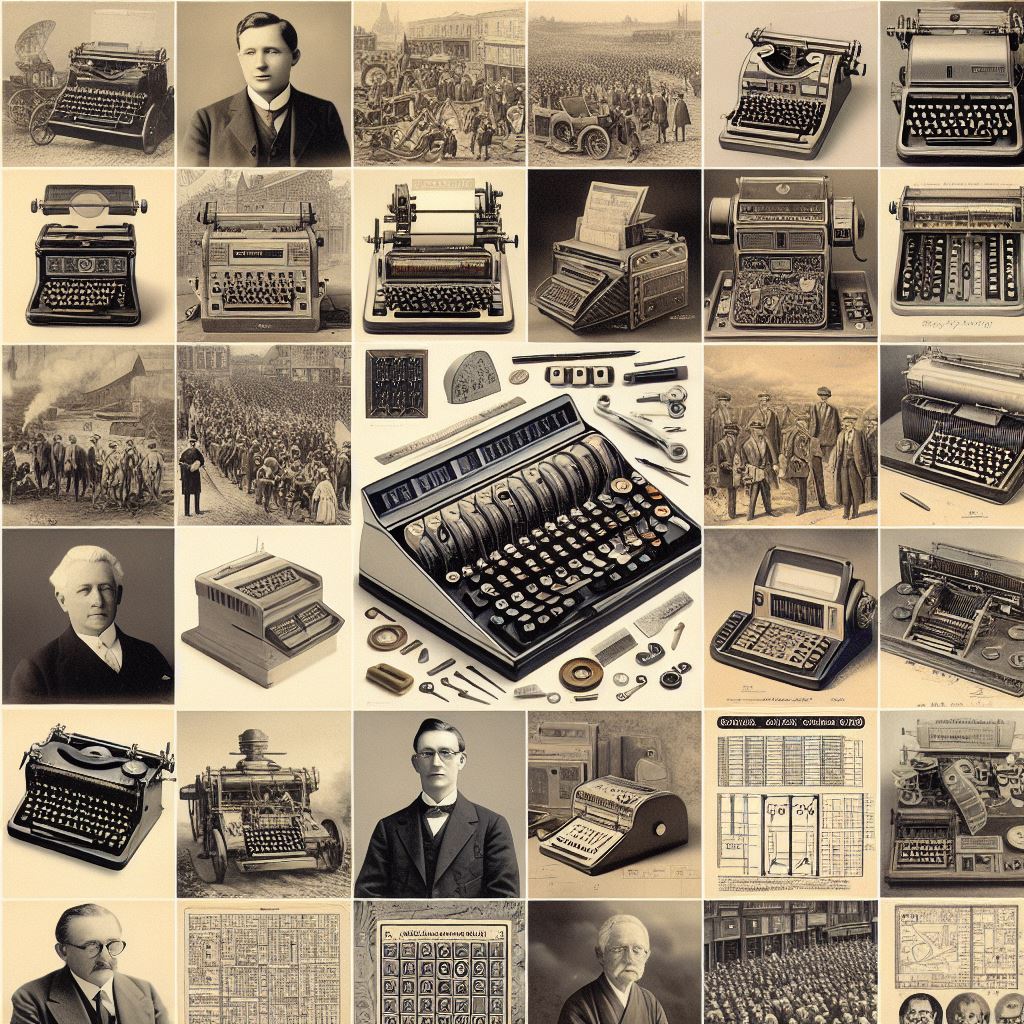In an era where efficiency is paramount, making calculators more efficient for user needs is crucial. From streamlining interface designs to integrating advanced algorithms, enhancements can empower users to perform calculations swiftly and accurately. Embracing user feedback, incorporating customizable features, and ensuring compatibility across devices are pivotal steps in enhancing calculator efficiency. Let’s delve into strategies for maximizing calculator usability, enabling users to tackle complex computations with ease and confidence.
Scientific Progress and the Evolution of Calculators
Studying mathematics purely for its intrinsic value, formulating conjectures to model real-life scenarios, and actively applying mathematical knowledge have all contributed significantly to gaining deeper insights into nature.
The progress in pure mathematics, natural sciences, engineering, medicine, finance, and the social sciences has given rise to increasingly practical problems demanding pragmatic solutions. However, some of these challenges exert immense pressure on human numerical capacity, necessitating the use of calculators.
In antiquity, the need to alleviate this strain on human computation and minimize errors in calculations was recognized. The earliest calculators were rudimentary, consisting of basic counting materials and devices such as stones, pebbles, bones, and the abacus.
It wasn’t until the 17th century that the term “calculating machine” or “mechanical calculator” gained widespread usage. Wilhelm Schickard crafted one of the earliest modern attempts at a mechanical calculator. His invention included an Abacus constructed from Napier’s bones, capable of performing multiplication and division operations, alongside a dial-based pedometer for addition and subtraction. Despite his efforts, Schickard’s invention met limited success.
Read more: History and Evolution of Calculators

The Growth of Mechanical Calculators
Blaise Pascal embarked on the creation of a successful mechanical calculator known as the Pascaline, intending to aid his father’s tax collector business two decades later. Following this innovation, other mechanical calculators emerged, such as the Thomas Arithometer, the Comptometer, and Charles Babbage‘s Automatic calculators—the Difference Engine and the Analytical Engine, which essentially laid the groundwork for computer systems.
Despite their significance, these inventions encountered notable inefficiencies attributed to high energy consumption, lengthy clock cycles, large size, prohibitive costs, limited memory capacity, and persistently challenging error margins.
Electronic Calculators Brought More Efficiency to Users
To address these inefficiencies, the advent of electronic calculators emerged as a solution. The enhanced efficiency of electronic calculators was achieved through the utilization of solid-state materials. By the early 1960s, the groundbreaking Intel 4004 microprocessor paved the way for the production of electronic calculators.
Subsequently, by the mid-1970s, the integration of transistors into electronic calculators facilitated size and cost reduction. Moreover, manufacturers began producing more specialized electronic calculators tailored to specific fields and problems, catering to users’ diverse needs.
These modern calculators feature user-friendly keypads for input, LCD displays, efficient power sources, ample memory storage capacity, enhanced processing power and speed, improved readability, and are notably compact and portable.
STEM Fields and Their Need for Efficiency for Users
In reality, the calculators of today are incomparable to those available two centuries ago. However, given the rapid advancements in STEM fields and the pace of this current generation, there remains a pressing need for further efficiency improvements in calculators.
The evolution of calculators must align with the progress across various fields, recognizing and incorporating their advancements. Doubling the number of transistors is imperative to reduce bulkiness and costs, thereby significantly enhancing processing power through a reduction in clock cycles. Particularly, the storage capacity of calculators, especially programmable ones, requires substantial enhancement.
Master Every Calculation Instantly
Unlock solutions for every math, physics, engineering, and chemistry problem with step-by-step clarity. No internet required. Just knowledge at your fingertips, anytime, anywhere.
Moreover, continual refinement of displays, input methods, and output systems is essential. These aspects undergo frequent upgrades, and calculators must keep pace with these changes. However, it’s crucial to implement these improvements with a keen awareness of the intended purpose of the calculators, as efficiency ultimately hinges on the quality of the desired output.



